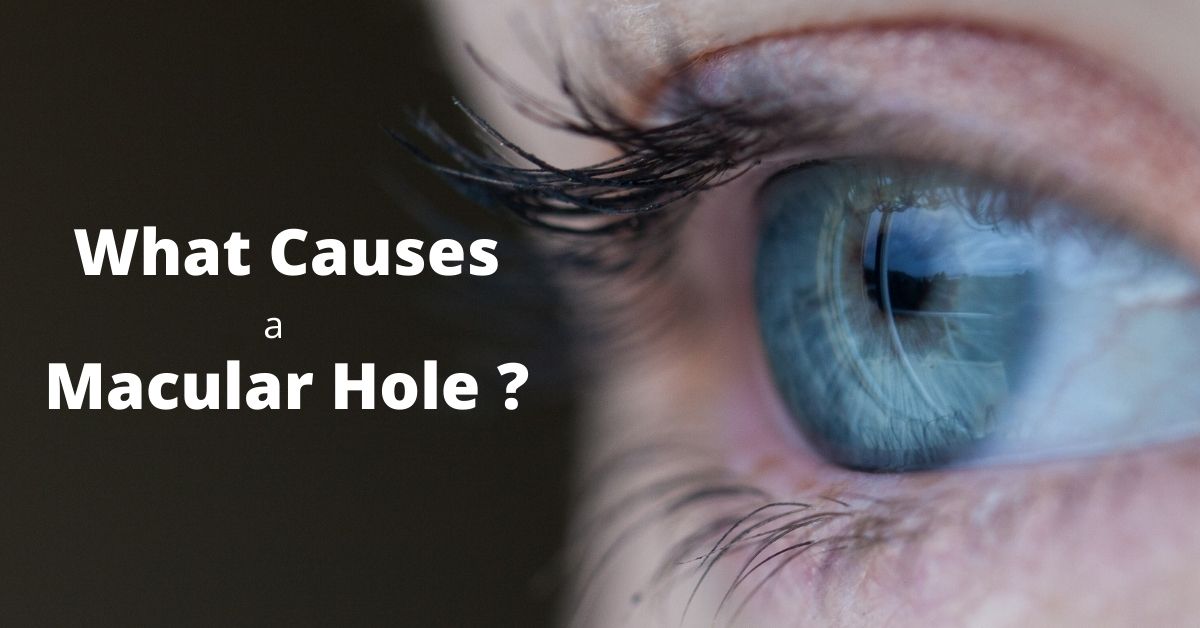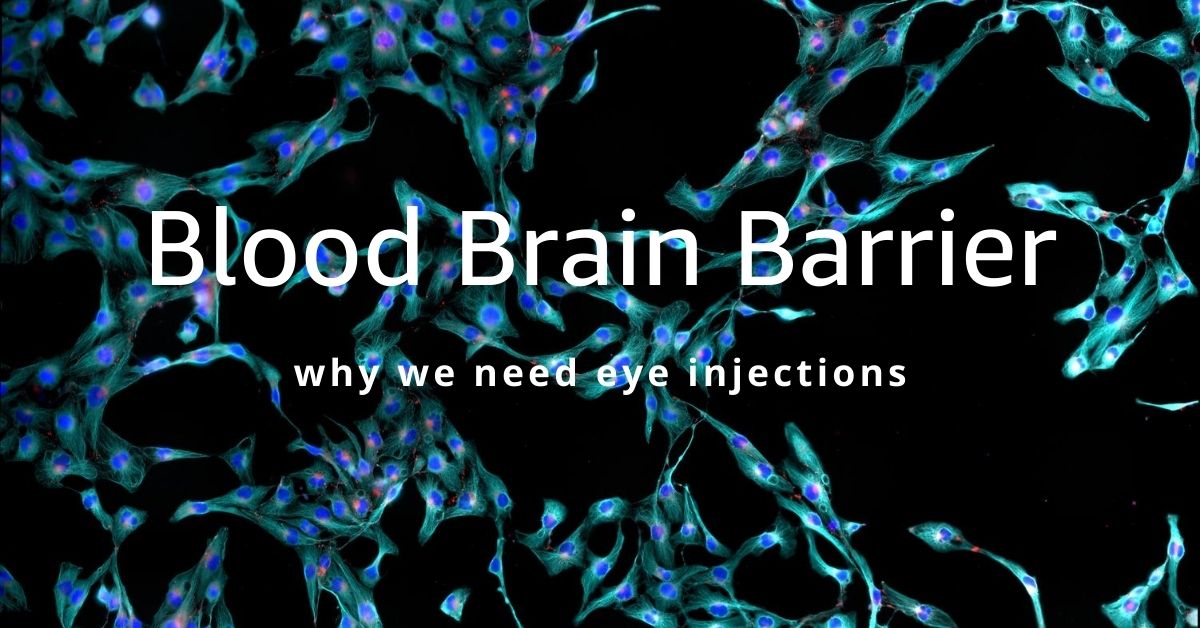Geographic atrophy (GA) is a progressive and irreversible form of advanced age-related macular degeneration (AMD) that affects the central portion of the retina, known as the macula. It is a leading cause of severe vision loss and visual impairment among older adults.
The macula is responsible for providing sharp, detailed, and central vision, which is essential for tasks such as reading, driving, and recognizing faces. In GA, the cells in the macula begin to degenerate and die, leading to the loss of these critical visual functions.
The term “geographic atrophy” refers to the characteristic appearance of the damaged areas in the macula. As the disease progresses, patches of atrophy develop, giving the appearance of irregularly shaped, well-demarcated lesions. These lesions can vary in size, shape, and location, and they can gradually expand and merge together over time.
The exact cause of GA is not fully understood, but it is believed to involve a combination of genetic, environmental, and lifestyle factors. The risk of developing GA increases with age, and individuals with a family history of AMD are also at higher risk.
Currently, there is no cure for GA, and treatment options are limited. However, researchers are actively investigating potential therapies to slow down the progression of the disease and preserve vision. Some experimental treatments include anti-inflammatory drugs, antioxidants, and cellular therapies.
Early detection and regular eye examinations are crucial for managing GA. High-resolution imaging techniques, such as optical coherence tomography (OCT), can help identify the presence and progression of GA. Additionally, lifestyle modifications, such as eating a healthy diet rich in fruits and vegetables, not smoking, and maintaining regular exercise, may help reduce the risk or slow down the progression of GA.
Living with GA can be challenging, as it can significantly impact an individual’s quality of life and independence. Therefore, it is important for individuals with GA to seek support from low vision specialists, who can provide assistance in adapting to vision loss and recommend visual aids and devices to enhance remaining vision.
In conclusion, geographic atrophy is a severe and irreversible form of AMD that leads to progressive vision loss. While there is no cure, ongoing research offers hope for potential treatments. Early detection, regular eye examinations, and lifestyle modifications are essential for managing GA and minimizing its impact on daily life.
If you would like to schedule an appointment, please call us (877) 245.2020.




